Home>Articles>How Many Amperes Needeed For An Electrical Cord Of Microwave
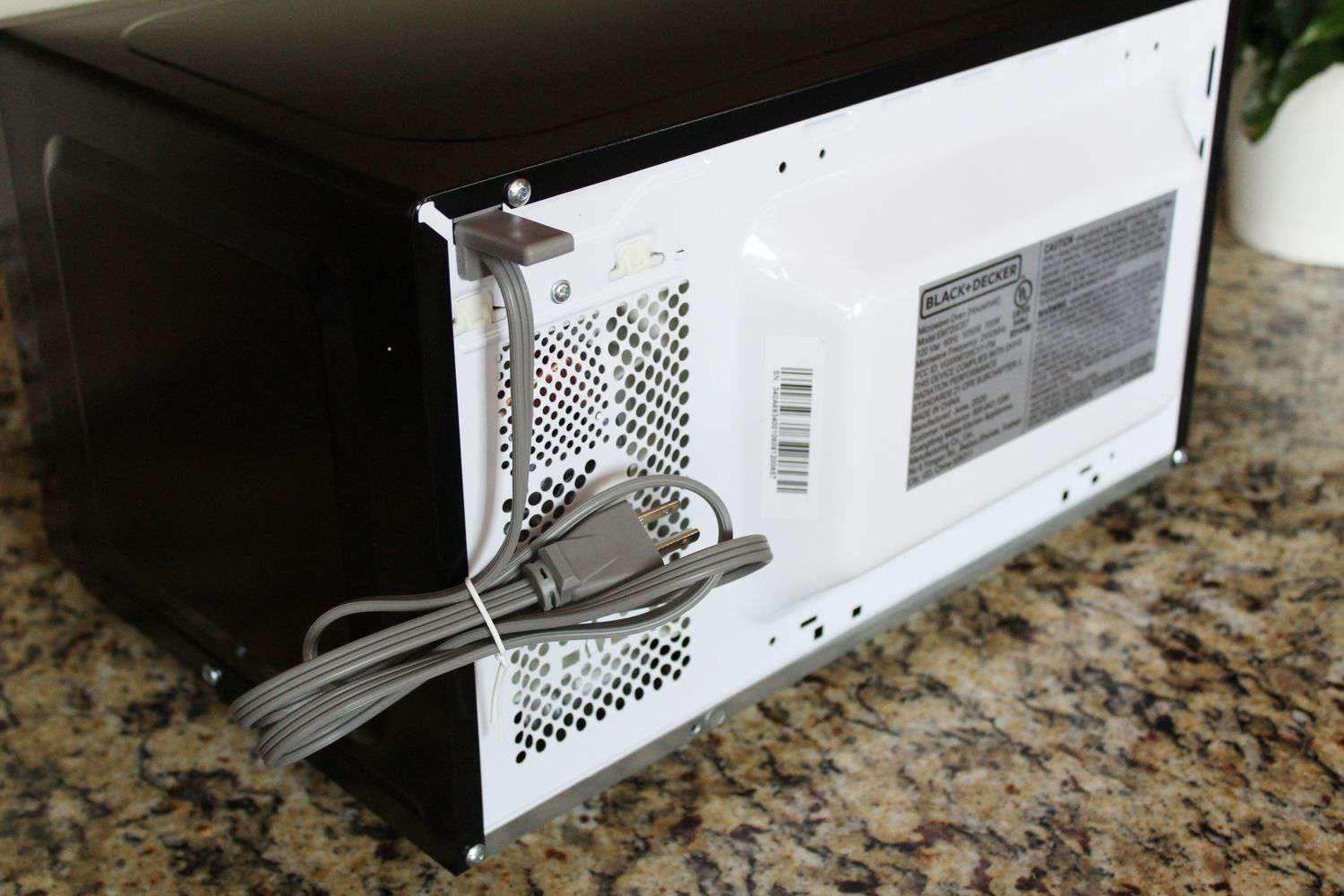

Articles
How Many Amperes Needeed For An Electrical Cord Of Microwave
Modified: December 7, 2023
Learn how many amperes are needed for an electrical cord for a microwave in our informative articles. Find expert advice and ensure safety for your home appliances.
(Many of the links in this article redirect to a specific reviewed product. Your purchase of these products through affiliate links helps to generate commission for Storables.com, at no extra cost. Learn more)
Introduction
When it comes to using electrical appliances, it’s crucial to understand the specific electrical requirements to ensure their safe and efficient operation. This is especially true for microwaves, which require a sufficient amount of power to function properly. One vital aspect to consider is the amperage needed for the electrical cord of your microwave.
In this article, we will dive into the importance of having the proper amperage for your microwave’s electrical cord. We will explore the various factors to consider when determining the amperage requirements and provide guidelines for selecting the right cord. So, without further ado, let’s get started!
Key Takeaways:
- Selecting the right electrical cord with the proper amperage rating is crucial for safe and efficient microwave operation, preventing overheating and ensuring optimal performance.
- Consider factors like power rating, cord length, and safety certifications when choosing an electrical cord, and consult professionals for personalized recommendations.
Read more: How To Tie An Electrical Cord
Understanding the Electrical Requirements of a Microwave
Microwaves are a staple in modern kitchens, providing us with quick and convenient ways to heat and cook food. However, to operate efficiently, they require a specific level of electrical power. Understanding the electrical requirements of a microwave is crucial for both safety and performance.
The electrical requirement of a microwave is usually measured in terms of voltage, amperage, and wattage. Voltage refers to the electrical potential difference supplied by the power source, typically 120 volts in most households. Amperage, on the other hand, measures the amount of electrical current flowing to the appliance. Lastly, wattage represents the amount of power consumed by the microwave while in operation.
When it comes to microwaves, the amperage rating is of particular importance. It determines how much current the electrical cord should be able to handle without overheating or causing any risk of damage. The amperage rating of a microwave can vary depending on the model and its power output.
To find the amperage rating of your microwave, you can look for a label or sticker on the appliance itself, or refer to the owner’s manual. It is typically expressed in units of amperes (A) or milliamperes (mA). Once you have this information, you can then select an electrical cord that can safely handle the required current.
It is worth noting that the amperage rating of a microwave may differ between the cooking and standby modes. It is essential to consider the maximum amperage required during the cooking mode to ensure that your electrical cord can handle the load without any issues.
Now that we have a basic understanding of the electrical requirements of a microwave, let’s explore why having the proper amperage for your microwave’s electrical cord is so important.
Importance of Proper Amperage for Electrical Cords
The proper amperage rating for an electrical cord is crucial for the safe and efficient operation of your microwave. Using an electrical cord with an insufficient amperage rating can lead to a range of issues, including overheating, electrical fires, and damage to both the cord and the microwave itself.
One of the primary reasons to ensure the proper amperage for your electrical cord is to prevent overheating. When a cord is unable to handle the current flow required by the microwave, it can start to heat up, leading to a potential fire hazard. Overheating can also cause damage to the insulation of the cord, increasing the risk of electric shock.
Additionally, using an electrical cord with an inadequate amperage rating can negatively impact the performance of your microwave. Insufficient current flow may lead to a decrease in power output, resulting in longer cooking times or inconsistent heating. This can be frustrating and can ultimately compromise the convenience and efficiency of the appliance.
On the other hand, using an electrical cord with a higher amperage rating than needed for your microwave can also be problematic. While it may seem like an overabundance of safety, it can actually lead to overheating and damage to the microwave’s internal components. Additionally, oversized cords can be bulky and unwieldy, making them more challenging to manage and creating potential tripping hazards.
By selecting an electrical cord with the proper amperage rating, you ensure that the current flow is optimized and well-matched to your microwave’s requirements. This promotes safe operation, reduces the risk of damage or malfunction, and extends the lifespan of both the cord and the microwave.
Now that we understand the importance of having the correct amperage for your electrical cord let’s dive into the various factors to consider when determining the amperage requirements for your microwave.
Factors to Consider when Determining Amperage Requirements
When determining the amperage requirements for your microwave’s electrical cord, several factors come into play. Considering these factors will help ensure that you select a cord with the appropriate amperage rating for safe and efficient operation. Let’s explore these factors in more detail:
1. Microwave Power Rating: The power rating of your microwave is a crucial factor in determining the amperage requirements. This rating is typically expressed in watts and can usually be found on the label or in the owner’s manual. The higher the power rating, the more electrical current the microwave will draw, hence requiring a higher amperage rated cord. 2. Power Supply: The electrical power supply available in your home or location is another important consideration. Most households have standard voltage supply of 120 volts. However, some locations may have different voltages, such as 240 volts. Make sure to check the voltage supply in your area to ensure compatibility with your microwave’s requirements. 3. Additional Appliances on the Same Circuit: If there are other kitchen appliances connected to the same electrical circuit, it’s important to take them into account. The combined electrical load of multiple appliances can affect the amperage requirements. Make sure the circuit can handle the total amperage draw of all the appliances, including the microwave. 4. Cord Length: The length of the electrical cord between the microwave and the power outlet can impact the amperage requirements. Longer cords tend to have higher resistance, which can lead to voltage drop and increased current draw. Consider the length of the cord and choose an appropriate amperage rating to compensate for any potential voltage drop. 5. Manufacturer’s Recommendations: Always refer to the manufacturer’s recommendations and guidelines for selecting an electrical cord. The manufacturer will provide specific amperage requirements for optimal performance and safety. Following these recommendations ensures that you make an informed choice when selecting the cord.
By considering these factors, you can determine the appropriate amperage requirements for your microwave’s electrical cord. This will help you choose a cord that can safely handle the power needs of your microwave and ensure trouble-free operation.
Now that we have a clear understanding of the factors to consider, let’s move on to determining the specific amperage needed for your microwave.
When choosing an electrical cord for a microwave, check the appliance’s label or manual for the amperage requirement. Then, select a cord that can handle at least that amount of current to ensure safe and efficient operation.
Determining the Amperage Needed for Your Microwave
Once you have considered the relevant factors, it’s time to determine the specific amperage needed for your microwave. This information will help you select an electrical cord with the appropriate amperage rating to ensure safe and efficient operation. Here’s how you can determine the amperage needed:
1. Check the Label or Owner’s Manual: Start by looking for a label or sticker on your microwave that provides information on the amperage rating. This label is usually located on the back or side of the appliance. If you cannot find the label, consult the owner’s manual. The amperage rating may be listed as “A” (amperes) or “mA” (milliamperes). 2. Calculate the Amperage: If the label or owner’s manual doesn’t explicitly state the amperage rating, you can calculate it using the power rating of the microwave. The formula to calculate amperage is: amperage = power (in watts) / voltage (in volts). For example, if your microwave has a power rating of 1000 watts and operates on a voltage of 120 volts, the amperage would be 1000 watts / 120 volts = 8.33 amps. 3. Consider the Cooking Mode: It’s crucial to consider the maximum amperage required during the cooking mode of your microwave. Some microwaves may have a higher amperage requirement when operating at full power compared to the standby mode. Ensure that the electrical cord can handle the maximum amperage during cooking to prevent any issues. 4. Round Up to the Nearest Available Amperage Rating: Once you have determined the amperage needed for your microwave, it is prudent to round up to the nearest available amperage rating for electrical cords. This ensures that you select a cord that can safely handle the required current without any strain or overheating. 5. Seek Professional Advice if Unsure: If you are unsure about calculating the amperage needed or selecting the appropriate electrical cord, it is always best to seek professional advice from an electrician or the manufacturer of your microwave. They can provide expert guidance tailored to your specific requirements.
By following these steps, you can accurately determine the amperage needed for your microwave. This knowledge will help you choose an electrical cord with the correct amperage rating, ensuring the safe and efficient operation of your microwave.
Next, let’s explore some common amperage ratings for microwaves to give you a better idea of what to look for.
Read more: How To Cut An Electrical Cord
Common Amperage Ratings for Microwaves
Amperage ratings for microwaves can vary based on their size, power output, and specific model. When selecting an electrical cord for your microwave, it’s essential to be aware of the common amperage ratings to ensure compatibility. Here are the typical amperage ratings you may come across:
1. 10-12 Amps: Many standard countertop microwaves fall within this amperage range. These microwaves usually have power ratings between 700 to 1200 watts and are commonly used for cooking or reheating small to medium-sized meals. 2. 13-15 Amps: Microwaves with higher power ratings, often in the range of 1200 to 1500 watts, may require amperage ratings of 13 to 15 amps. These models are more powerful and suitable for cooking larger dishes or handling more intensive tasks. 3. 16-20 Amps: Some larger, high-end microwaves designed for heavy-duty use or commercial applications may require higher amperage ratings. These microwaves usually have power ratings above 1500 watts and may require amperage ratings upwards of 16 to 20 amps. 4. Custom Ratings: It’s important to note that certain microwaves may have unique or specific amperage ratings based on their specialized features or functionalities. Always refer to the label or owner’s manual of your microwave for the accurate amperage rating.
These are general amperage ratings based on common microwave models. However, it’s crucial to remember that each microwave may have its own unique power requirements. Always refer to the manufacturer’s guidelines or consult an expert if you are uncertain about the specific amperage rating for your microwave.
Now that we have an understanding of common amperage ratings, let’s move on to some tips for selecting the right electrical cord for your microwave.
Tips for Choosing an Electrical Cord for Your Microwave
When selecting an electrical cord for your microwave, it’s important to choose one that is not only compatible with the amperage requirements but also meets safety standards. Here are some essential tips to keep in mind when choosing an electrical cord for your microwave:
1. Match the Amperage Rating: Ensure that the electrical cord you select has an amperage rating that matches or exceeds the requirements of your microwave. This will ensure that the cord can safely handle the current flow without overheating or causing any damage. 2. Gauge Size: The gauge size of the electrical cord is another crucial consideration. Thicker gauge cords have lower resistance and are better equipped to handle higher amperage. For microwaves with higher power ratings, it’s recommended to use a cord with a thicker gauge to minimize voltage drop and ensure efficient power delivery. 3. Length: Consider the distance between the power outlet and the microwave when selecting the cord length. Choose a cord that is long enough to reach the outlet without excessive slack. However, avoid using a cord that is longer than necessary, as longer cords can increase resistance and potentially affect performance. 4. Safety Certifications: Look for electrical cords that have been tested and certified by recognized safety organizations. Look for certifications such as UL (Underwriters Laboratories) or ETL (Intertek) to ensure that the cord meets the necessary safety standards. 5. Durability: Opt for an electrical cord that is made from high-quality materials and is built to last. Invest in cords with sturdy insulation and durable connectors to withstand regular use and minimize the risk of damage or wear over time. 6. Cord Management: Consider the design and flexibility of the cord when it comes to managing its placement and preventing tripping hazards. Look for cords that are easy to coil or hide away and those that come with features like a cord reel or Velcro straps for easy storage. 7. Consult with Experts: If you are uncertain about which electrical cord to choose for your microwave, consider seeking advice from an electrician or contacting the manufacturer for guidance. These professionals can provide personalized recommendations based on your specific microwave model and electrical requirements.
By following these tips, you can choose the right electrical cord for your microwave that ensures both safety and optimal performance. Now, let’s wrap up our article.
Conclusion
Choosing the right electrical cord with the proper amperage rating is crucial for the safe and efficient operation of your microwave. By considering the various factors, determining the amperage requirements, and following the provided tips, you can ensure that your microwave is powered correctly, minimizing any risks and optimizing its performance.
Understanding the electrical requirements of a microwave and the importance of selecting the right amperage rating for the electrical cord is essential. It helps prevent overheating, electrical fires, and damage to both the cord and the microwave itself. Ensuring compatibility between the cord and the microwave’s power requirements is key to a trouble-free and enjoyable cooking experience.
Remember to consult the label, owner’s manual, or the manufacturer’s recommendations to determine the specific amperage needed for your microwave. Take into account the power rating, power supply, other appliances on the same circuit, and the length of the cord. Round up to the nearest available amperage rating to ensure a suitable electrical cord is selected.
Avoid using cords with lower amperage ratings than required, as they can lead to overheating and poor performance. Likewise, using cords with higher amperage ratings than needed may cause unnecessary strain and potential damage. Always prioritize safety and select electrical cords that are certified by recognized organizations and made from durable materials.
If you have any doubts or uncertainty, it’s best to consult with professionals like electricians or the manufacturer of your microwave for expert advice tailored to your specific needs.
By taking the time to understand and meet the amperage requirements for your microwave’s electrical cord, you can enjoy peace of mind, knowing that your appliance operates safely and efficiently, ready to serve up delicious meals whenever you need them.
Now, armed with this knowledge, go ahead and select the perfect electrical cord to power your microwave and continue to enjoy the convenience and culinary possibilities it offers!
Frequently Asked Questions about How Many Amperes Needeed For An Electrical Cord Of Microwave
Was this page helpful?
At Storables.com, we guarantee accurate and reliable information. Our content, validated by Expert Board Contributors, is crafted following stringent Editorial Policies. We're committed to providing you with well-researched, expert-backed insights for all your informational needs.
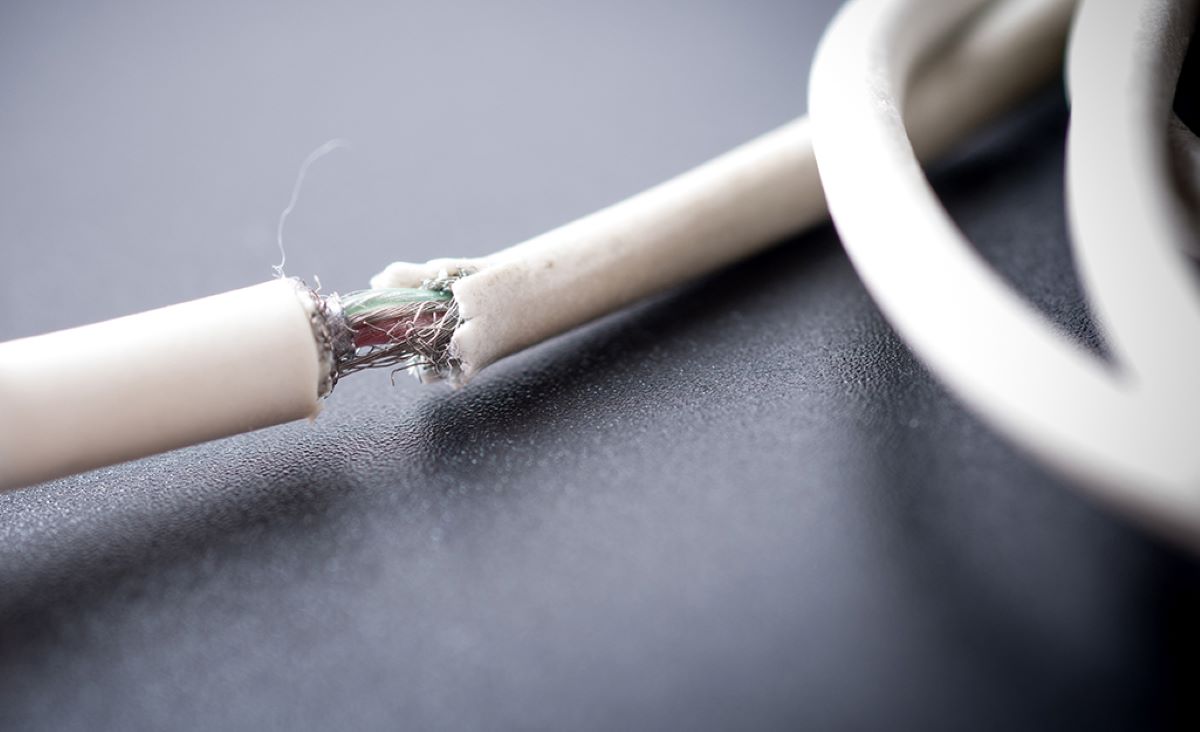
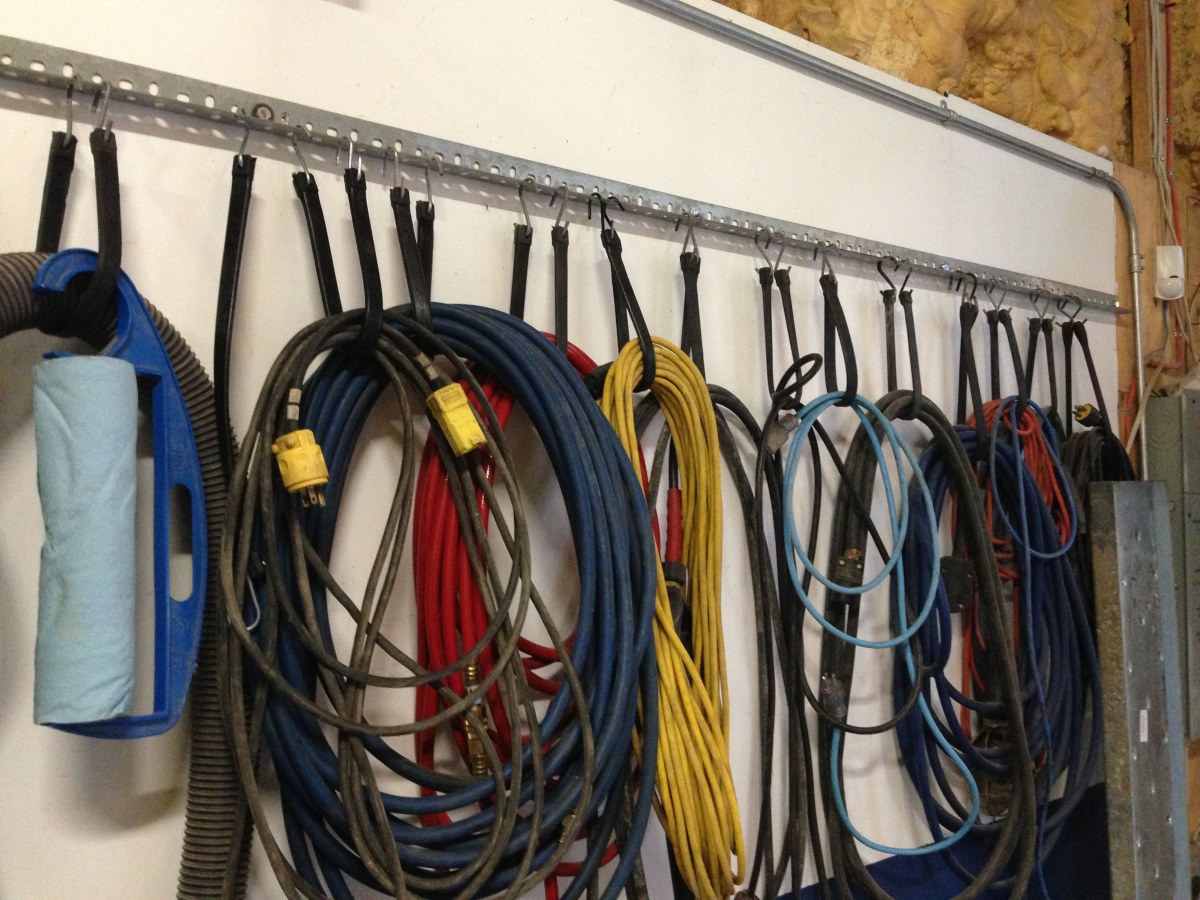
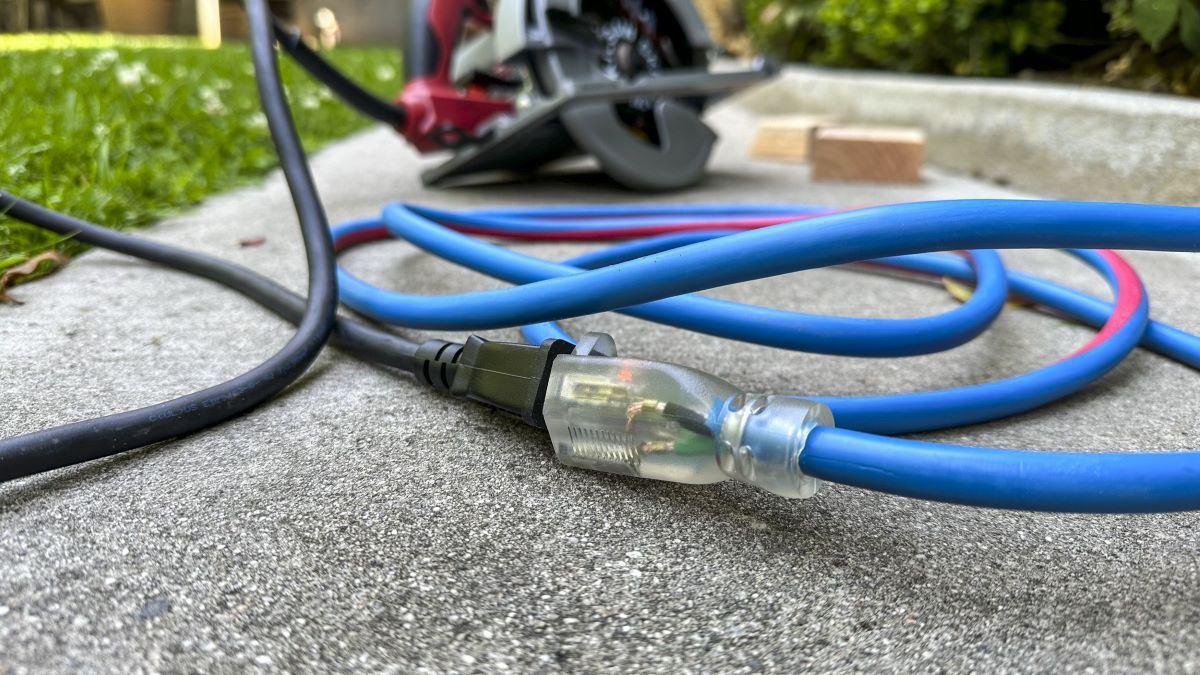
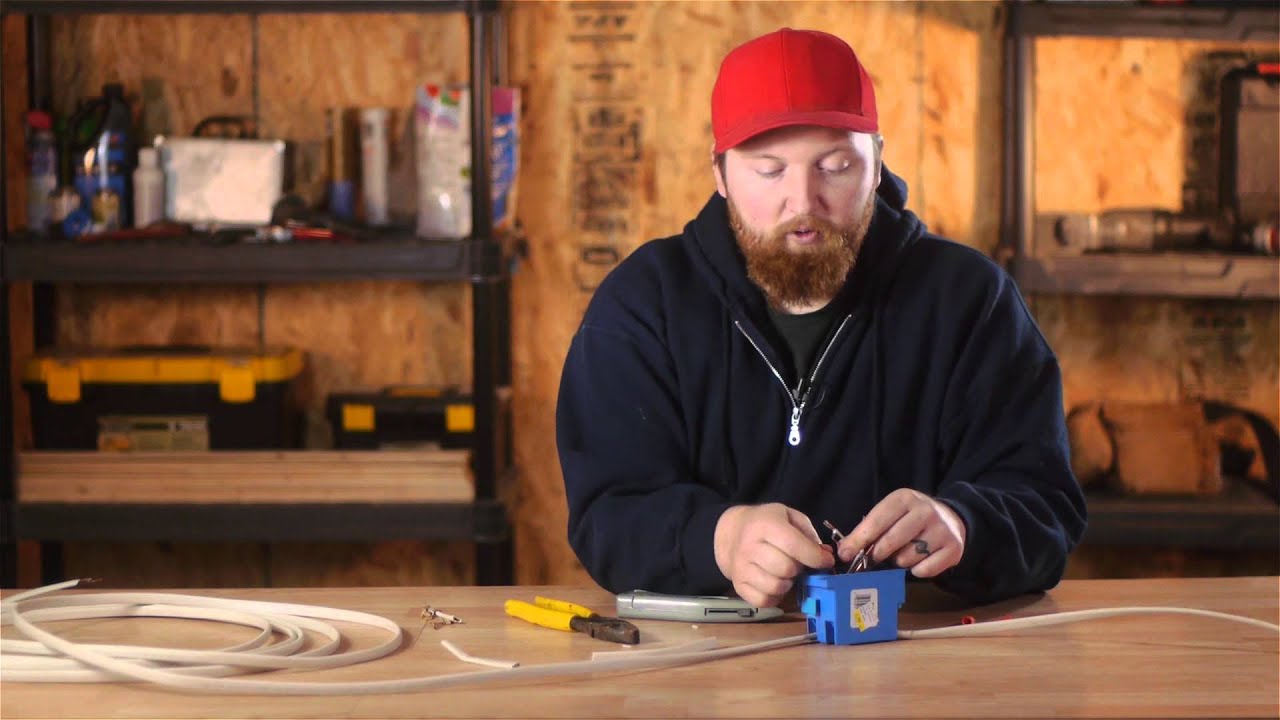
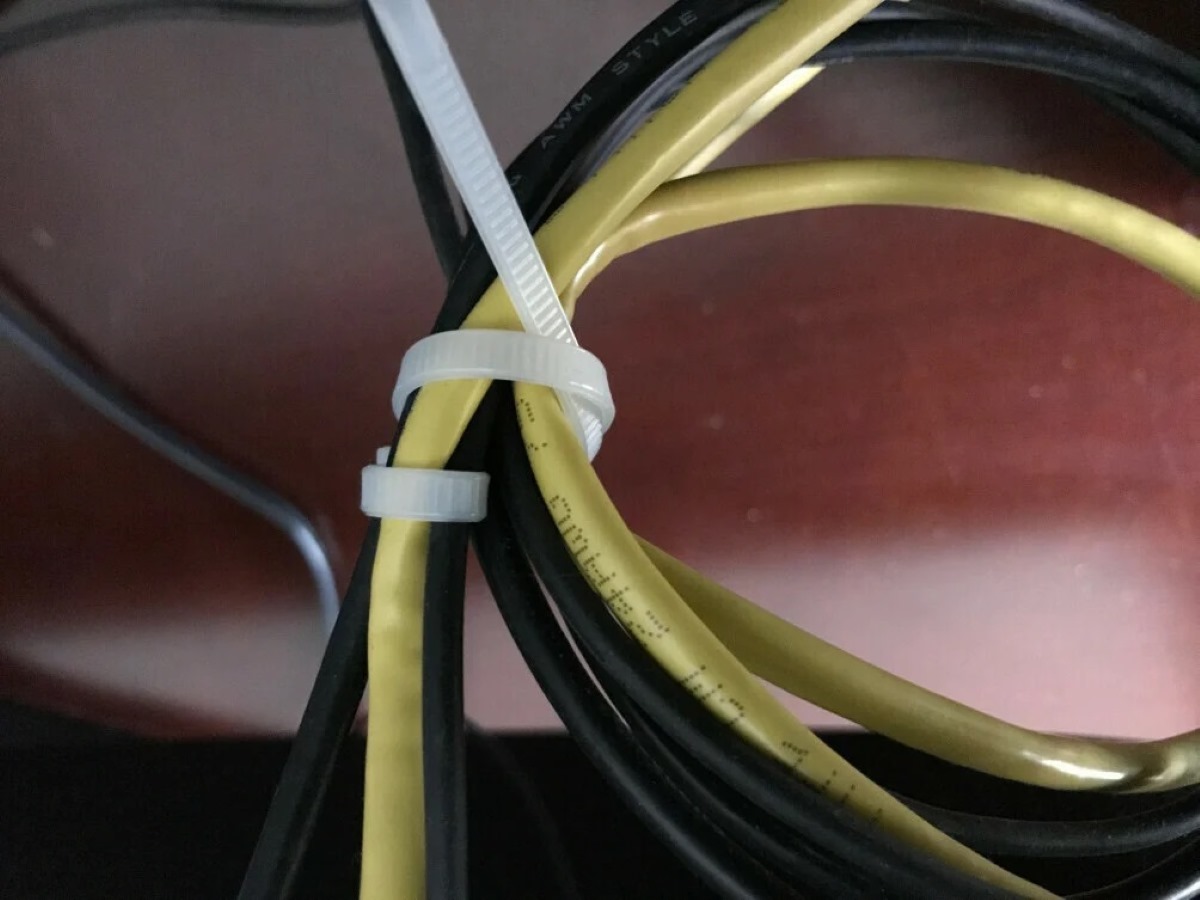
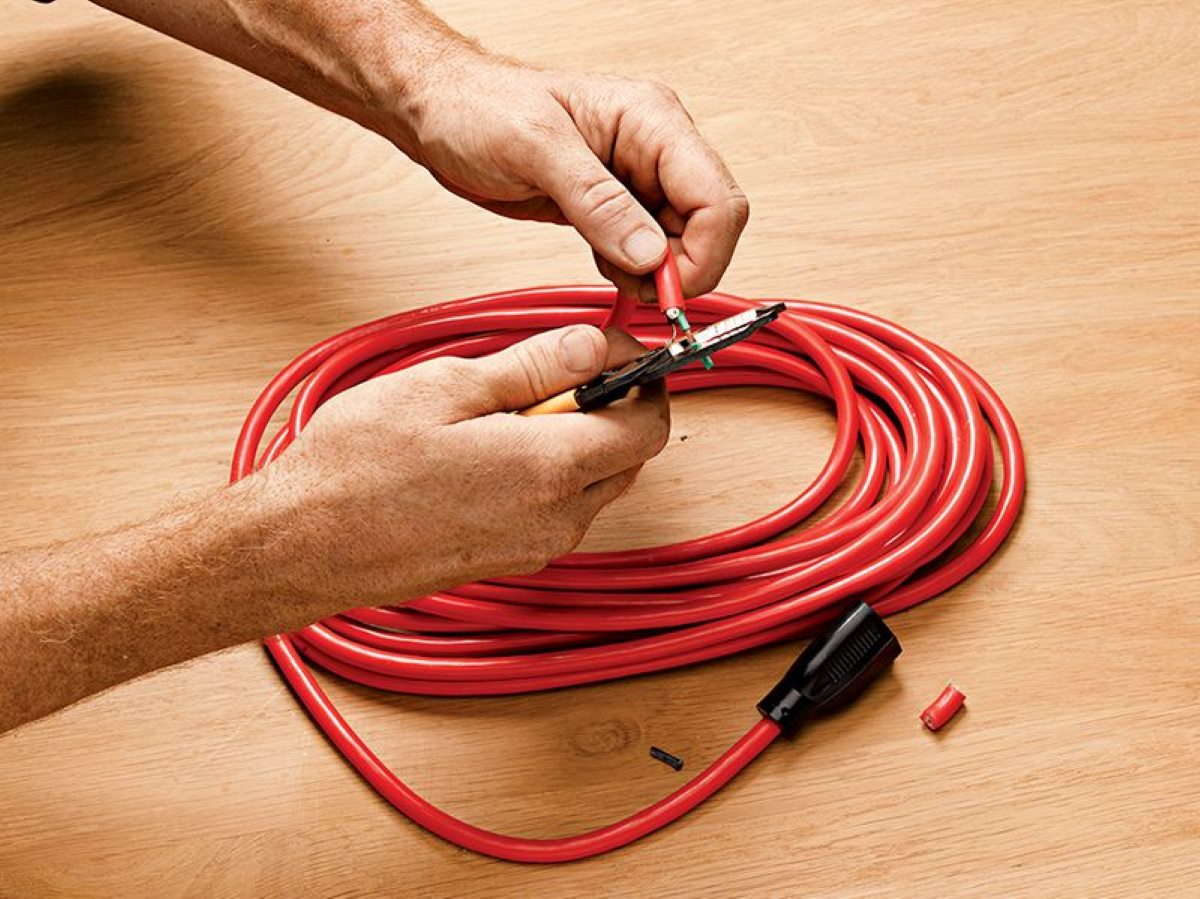
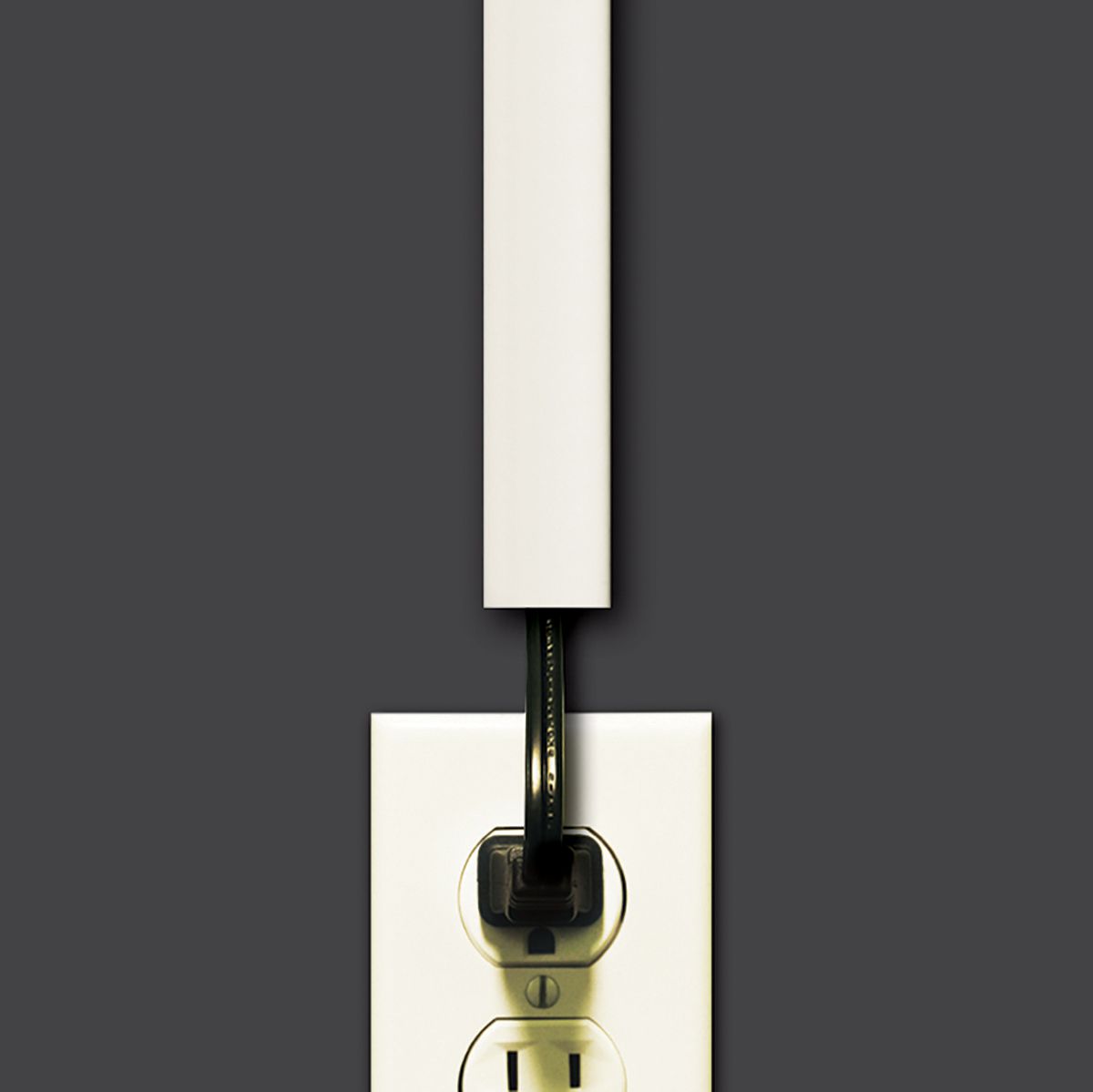
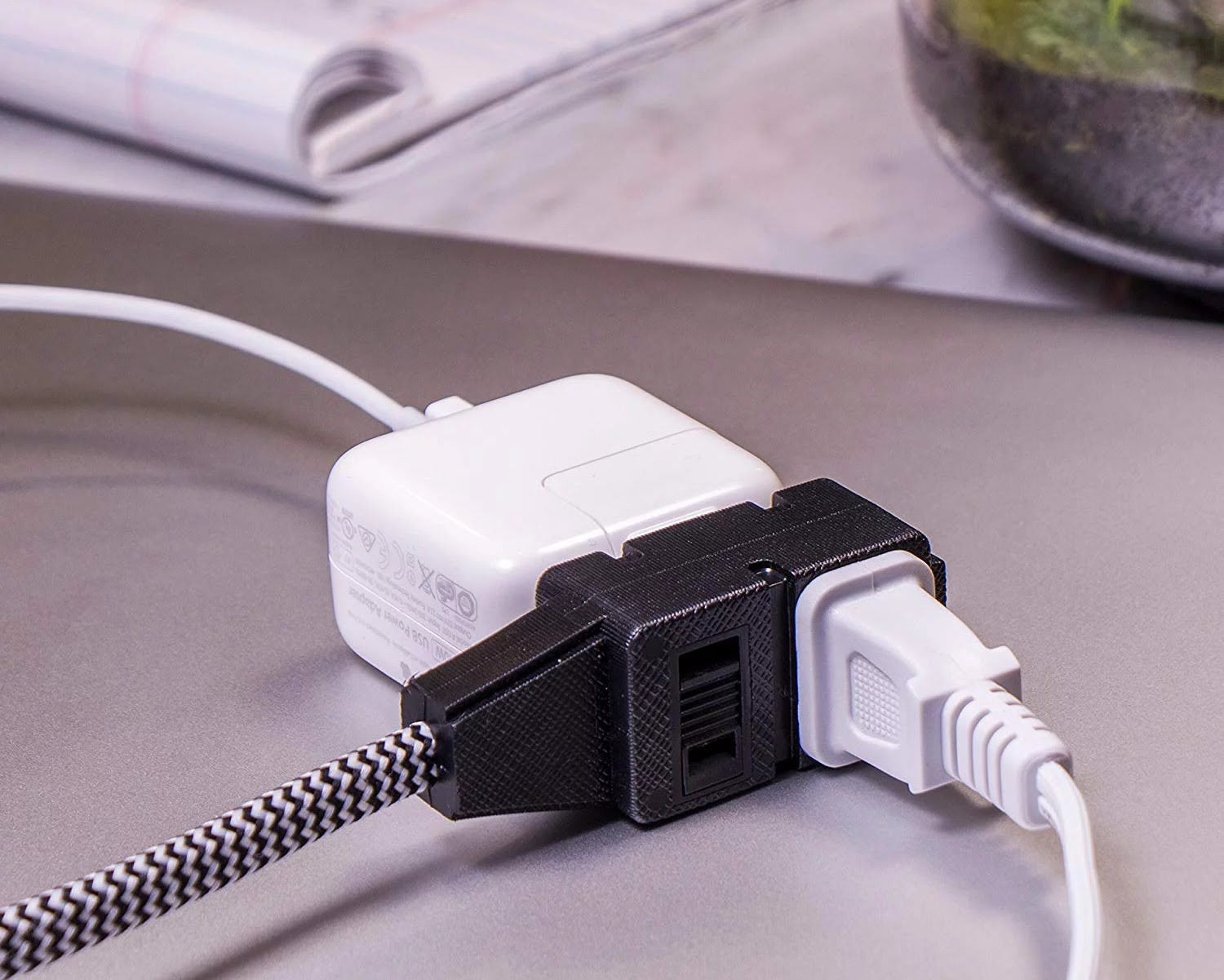
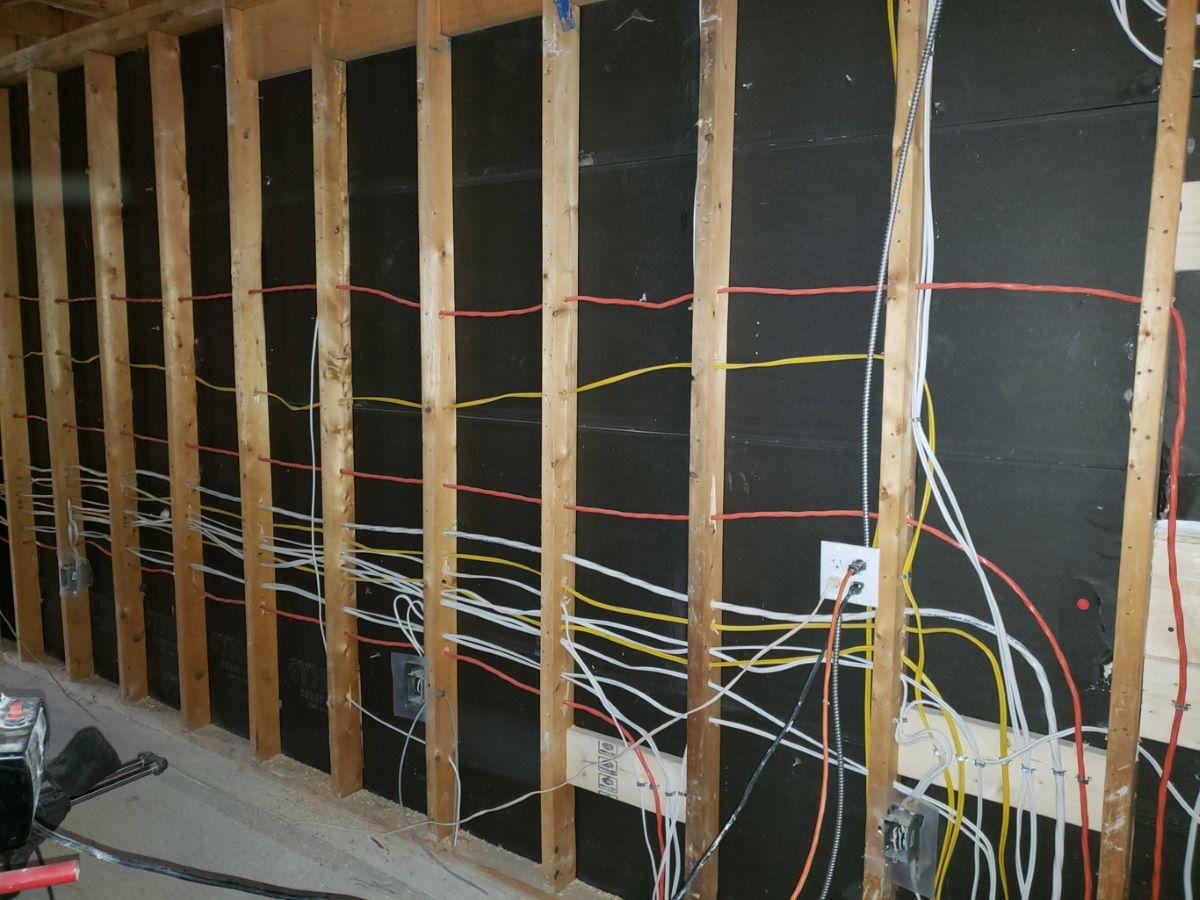
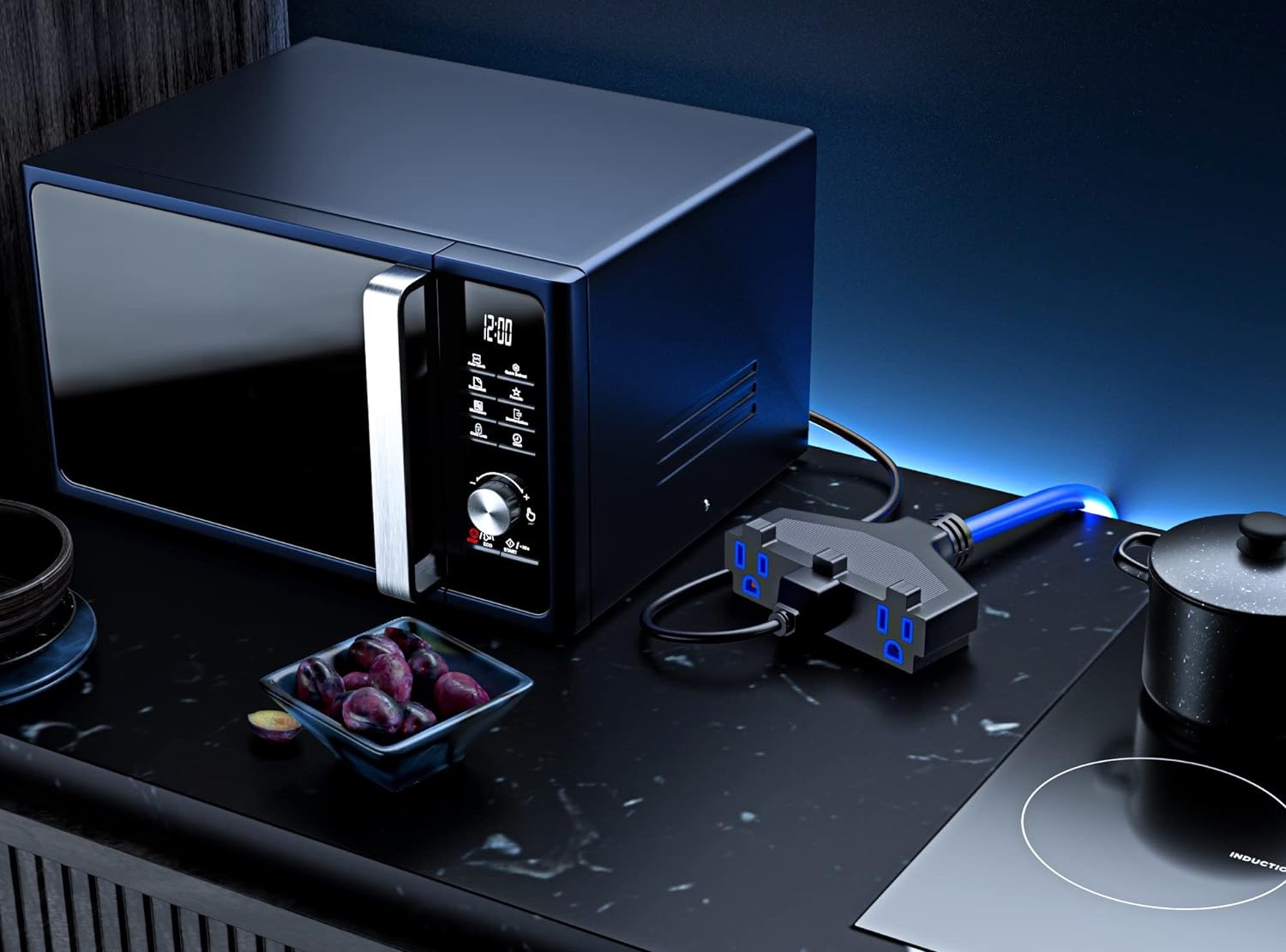
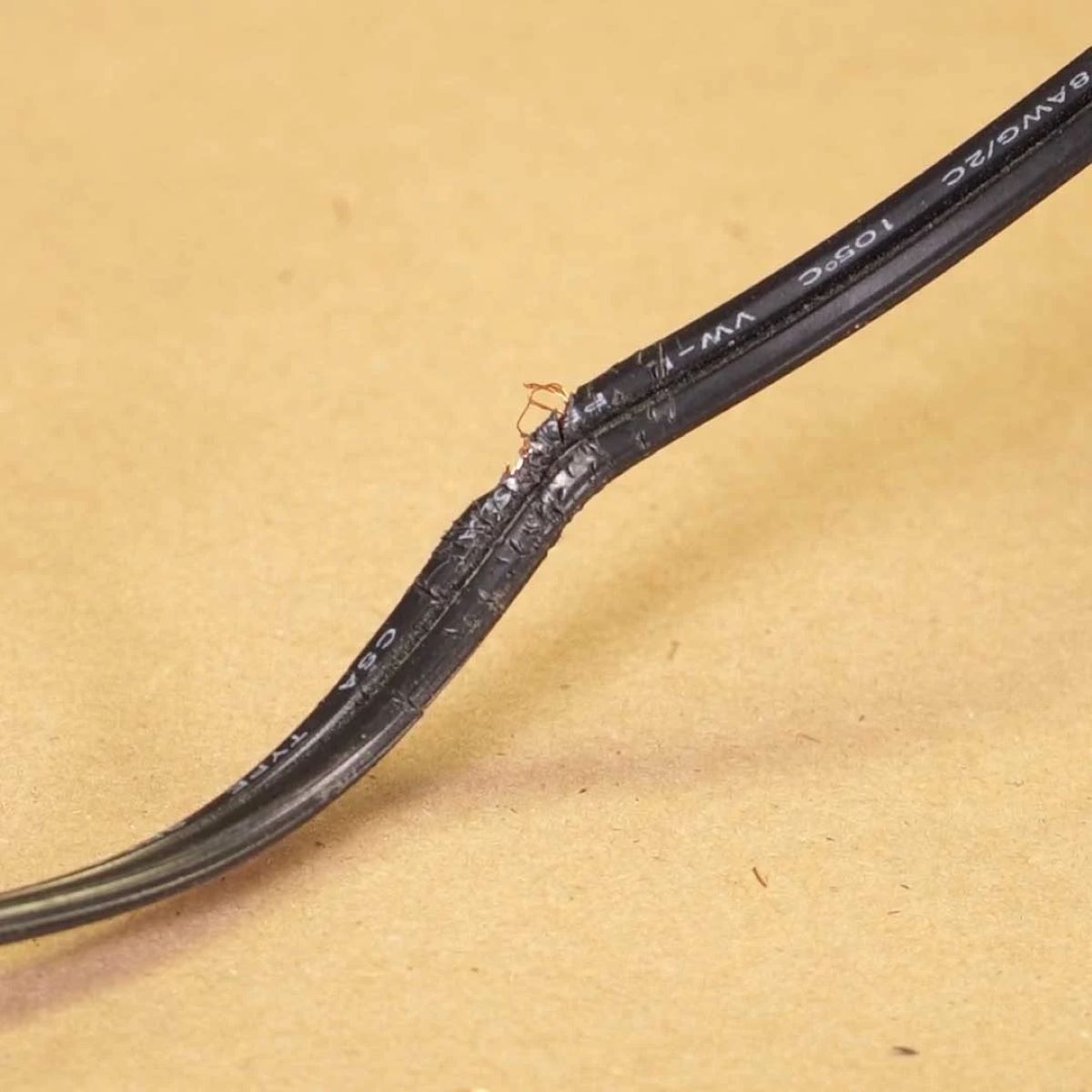
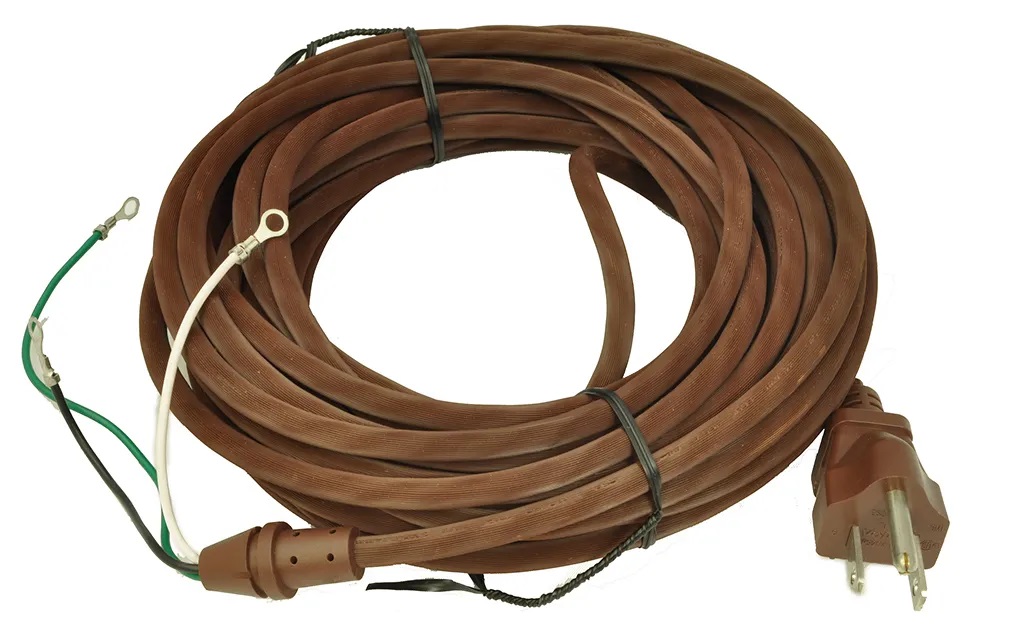
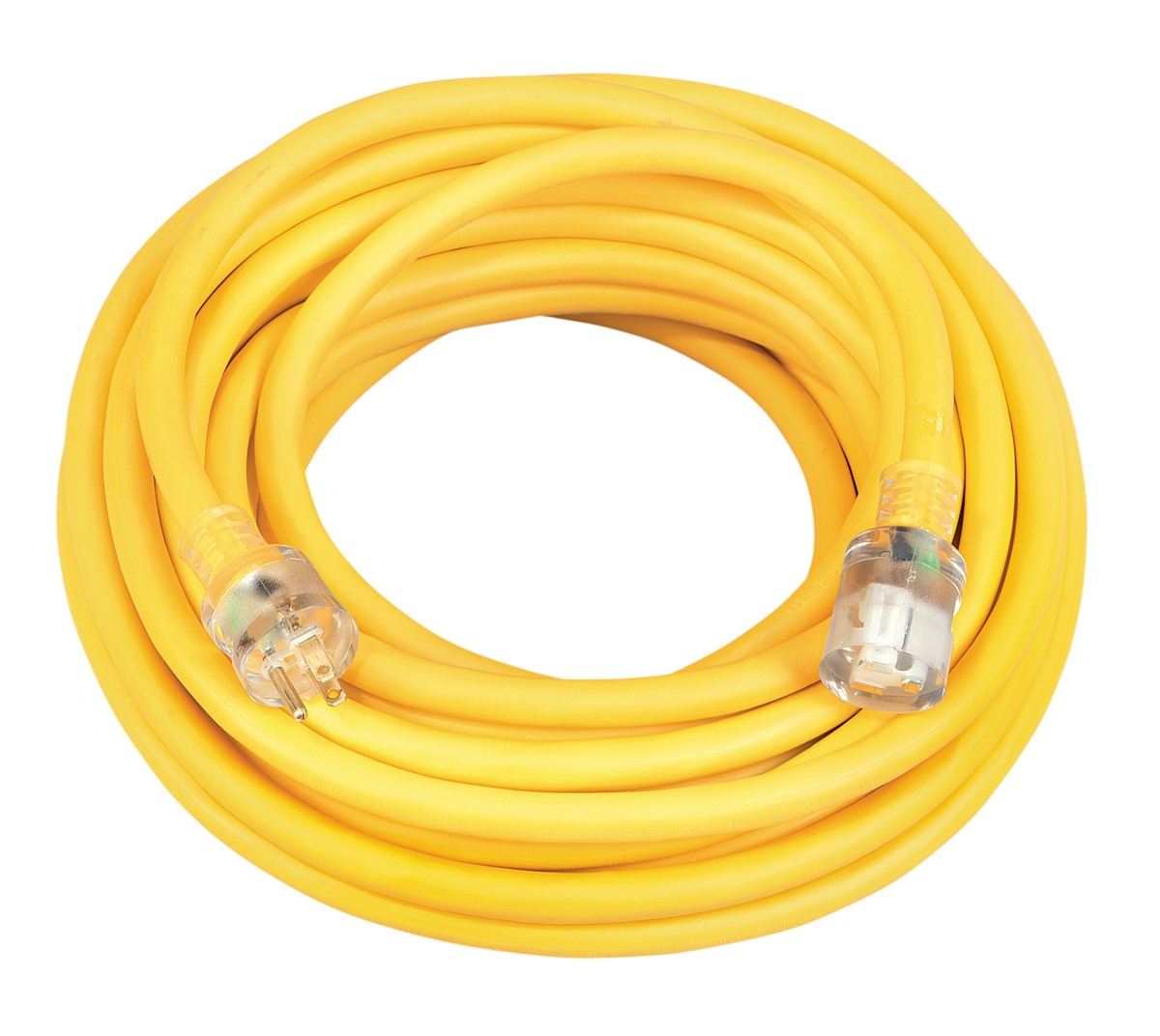
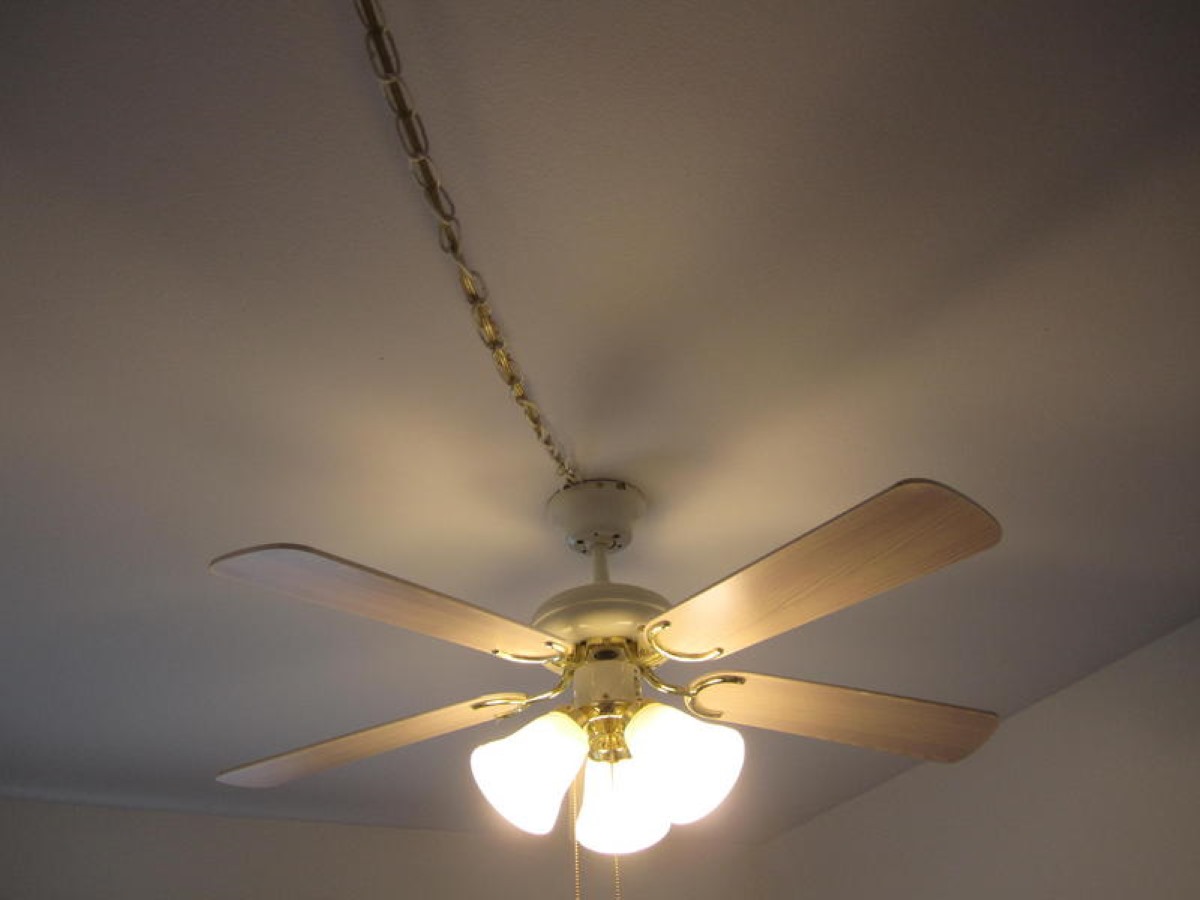

0 thoughts on “How Many Amperes Needeed For An Electrical Cord Of Microwave”